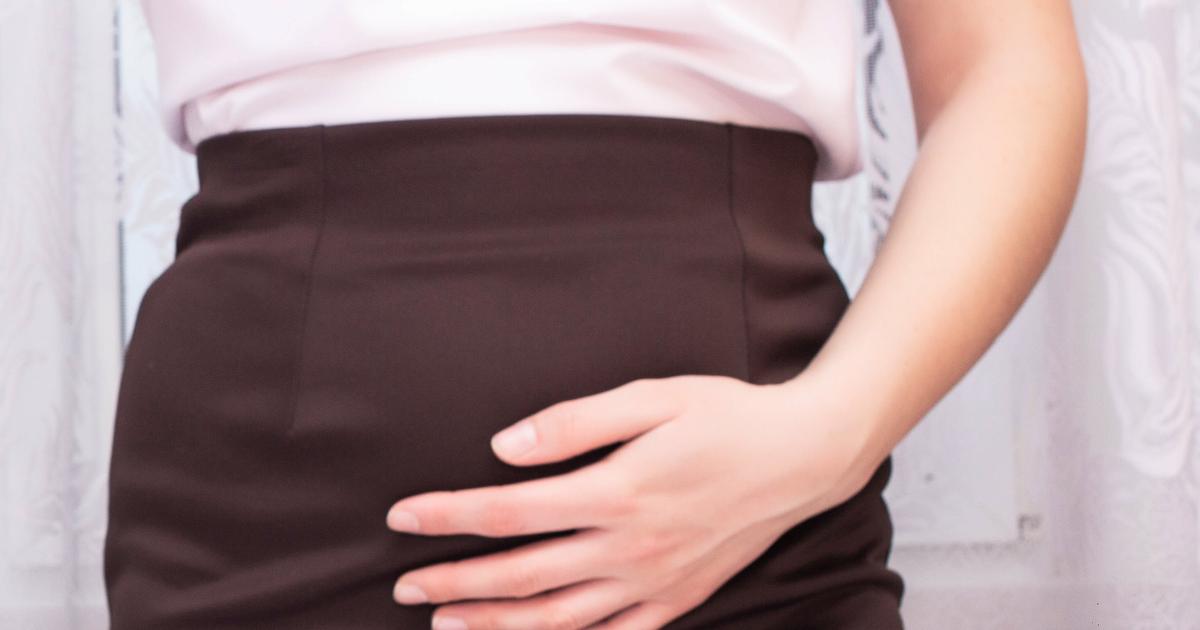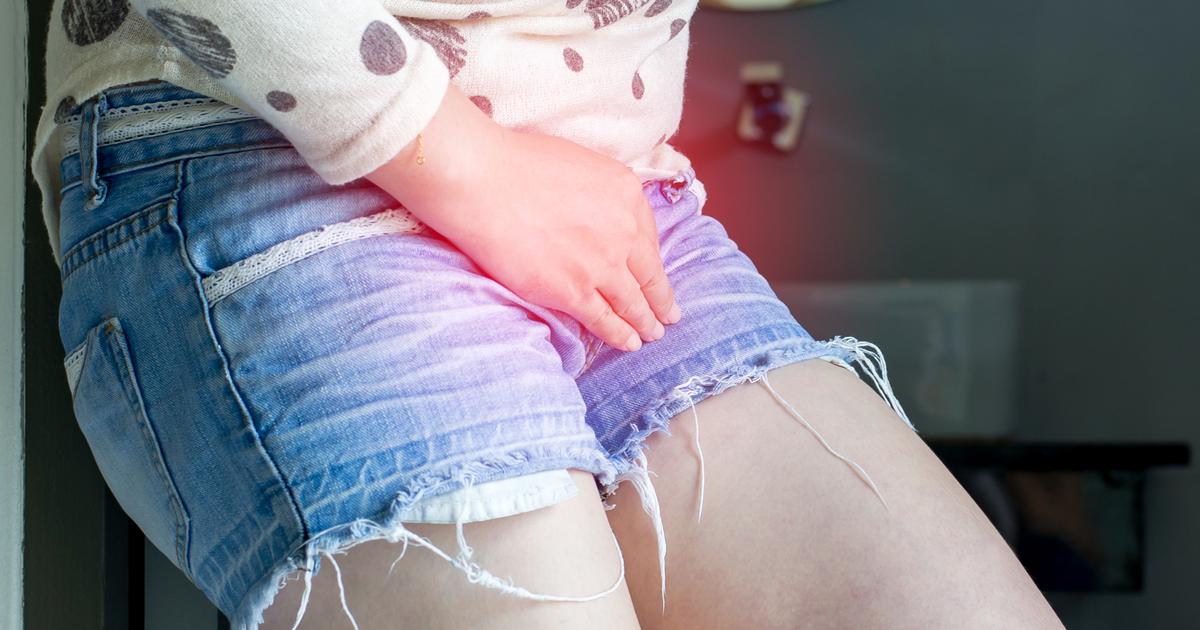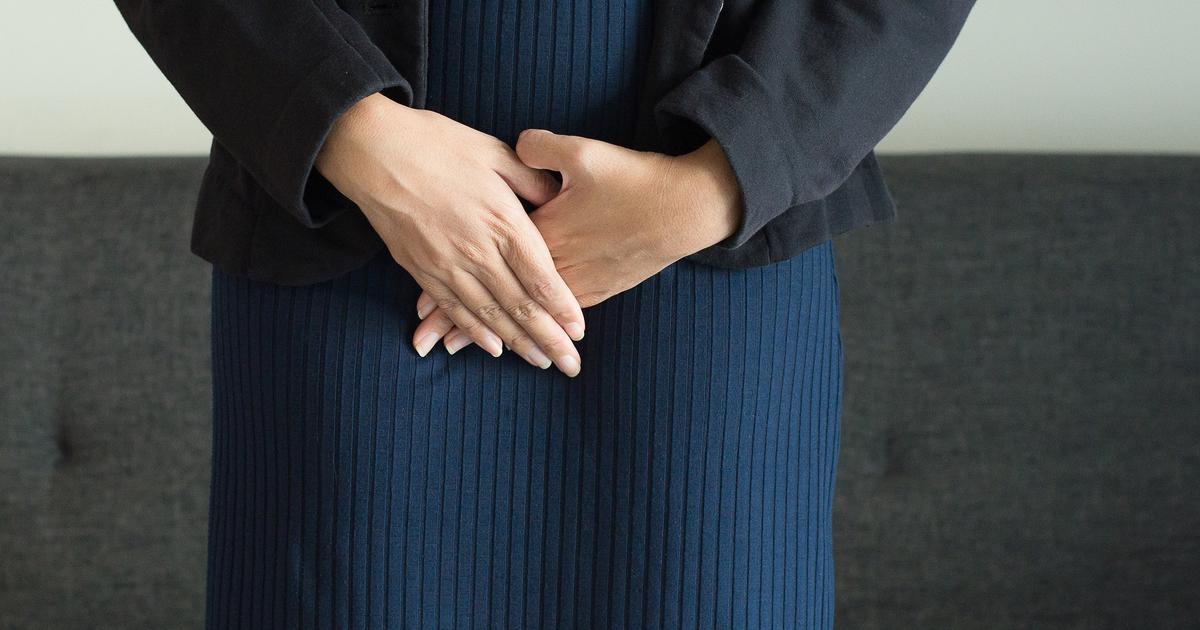Guide To The Types Of Urinary Incontinence
Urinary incontinence is a condition where an individual experiences the involuntary leakage of urine from their body. When an individual is not able to stop urine from leaving their body when they do not intend for it to, it is considered urinary incontinence. According to the American Urological Association, between twenty-five and thirty-three percent of all women and men in the United States population have urinary incontinence. Urinary incontinence is also known to be more prevalent among women between the third and sixth decades of their life. The diagnosis of incontinence is made with a physical examination, blood testing, urine testing, stress testing, pelvic ultrasound, urodynamic testing, cystogram, cystoscopy, PVR measurement, and a bladder diary.
The causes of urinary incontinence are closely linked with the type of incontinence an individual is experiencing. Get familiar with these types now.
Functional Incontinence

Functional incontinence is incontinence that occurs due to an individual being unaware, unconcerned, or unable to physically make it to the bathroom fast enough to stop urine from leaking from their bladder. An individual affected by mental illness, dementia, or the adverse effects of certain medications may be unconcerned or unaware of the fact they need to find a restroom. Mobility is also a prevalent cause of functional incontinence because affected individuals are unable to physically move their body to the toilet. Common issues that affect mobility and cause functional incontinence include arthritis, being restrained, being hospitalized, or having a toilet that is not close enough. Diuretics utilized to treat patients affected by heart failure or high blood pressure can cause an individual to produce excessive amounts of urine. These excessive amounts of urine cause the patient to have to empty their bladder more than twice as often as a healthy individual and can lead to functional incontinence if a toilet is unable to be reached quickly or is unavailable.
Uncover information on the next type of urinary incontinence now.
Stress Incontinence

Stress incontinence is a form of urinary incontinence that occurs when an individual leaks urine from their body when they laugh, jump, or cough. An individual who experiences pressure on the abdominal muscles and structures also places pressure on the bladder. A small bit of urine may leak out of an individual's body because of physical strain, which is what characterizes stress incontinence. Stress incontinence is a malfunction of the pelvic floor muscle, urethral sphincter, or both structures, which occurs when individuals have incurred damage or become too weak to perform their functions properly. This process results in an individual being unable to hold in urine dependably.
There are two different subtypes of stress incontinence. Intrinsic sphincter deficiency is when an individual's urinary sphincter pops open under pressure or from issues that stop it from closing completely. Urethral hypermobility is when an individual's urethra and bladder make a shift downward under increasing abdominal pressure, and the urethra has no hammock-like support to compress against that would stop it from opening inappropriately. Pelvic fracture and prostate surgery are the top causes of stress incontinence in men where childbirth is the top cause in women.
Keep reading to learn more about the different types of urinary incontinence now.
Overflow Incontinence

Overflow incontinence is when an individual is affected by an obstruction of urine where it does not flow out of the bladder normally. Eventually, the bladder becomes distended or filled to its maximum volume and pulls the urethra open, allowing for urine to leak from the body. A distended bladder may also cause random spasms of the muscle, resulting in the leakage of urine. Most cases of overflow incontinence occur due to an abnormal enlargement of a male's prostate gland that partially obstructs their urethra. Because overflow incontinence is often caused by conditions related to the prostate, it is more prevalent among men than women. Other conditions that can cause overflow incontinence include bladder stones, scar tissue, and tumors. A woman experiences bladder or uterus prolapse can have overflow incontinence because their urethra can get bent or kinked underneath these prolapsed organs like a garden hose that has been stepped on. Overflow incontinence can also occur because of past surgeries, diabetes, injuries, childbirth, multiple sclerosis, aging, and shingles that stop the bladder muscle from having normal contractions.
Discover another type of urinary incontinence now.
Urge Incontinence

Urge incontinence is when an individual feels a strong urge to urinate, although their bladder is not actually full. An affected individual typically feels an overwhelming urge to release urine and is unable to reach a bathroom before urine leaks from the body. This form of urinary incontinence may not always or even often produce accidents, but it does cause interruptions in everyday life because of the constant need for the patient to rush to the restroom. Urge incontinence happens when the detrusor or bladder muscle starts to contract, which signals to the individual's brain they need to urinate when their bladder is not full of urine. Physical problems that stop an individual's body from halting involuntary contractions of the bladder muscle can cause urge incontinence. These physical problems may include damage to the spine, brain, or nerves that extend from an individual's spine to their bladder. Another cause of urge incontinence is when substances in the urine or bladder cause the organ to become irritated and begin to contract involuntarily. Certain toxins and pathogens that produce infections in the bladder are examples of possible irritants.
Get more information on the different types of urinary incontinence now.
Mixed Incontinence

Mixed incontinence is a type of urinary incontinence that produces symptoms characteristic of stress incontinence and urge incontinence. Mixed incontinence is often found in women as a result of the arrangement of female reproductive organs and the effects of childbirth on the pelvic structures and support system. Men may also develop mixed incontinence when they have had a surgical procedure to remove their prostate gland or reduce its size. Mixed incontinence is common among older individuals of both genders who are in a frail condition. Mixed incontinence often occurs because of pregnancy, coughing, sneezing, and other things that can cause the muscles that control and support the bladder to become weak or to place more pressure on the bladder, forcing the leakage of urine. Mixed incontinence can also be the result of damage to the nervous system or muscles caused by Parkinson's disease, multiple sclerosis, stroke, injury, nervous system dysfunction, thyroid problems, and certain medications.